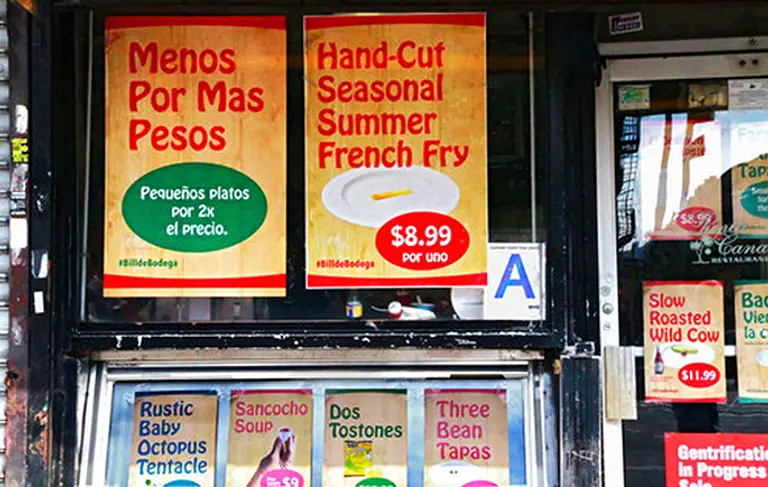MTA installs new subway platform barriers at 191st Street station

Commuters should now feel more secure waiting for the 1 train at the 191st Street subway station. This weekend, the Metropolitan Transportation Authority installed new barriers on the edge of the platform at the Washington Heights station, as part of a pilot program aimed at improving safety and preventing people from falling onto the tracks. The station is the first of four to get the barriers under the program.

“This is about finding creative ways to improve safety. A hearty pat on the back to New York City Transit professionals who found a practical way to jump-start the feeling — and reality — of safety in the subway system,” MTA Chair and CEO Janno Lieber said.
“It’s still in an experimental phase, and we will be watching carefully to determine if the barriers are effective at deterring track intrusions without interfering with passenger circulation. If they pass the test, we will be ready to deploy widely.”
The barriers are placed strategically along the platform edge and do not block train doors as riders board and exit. The barriers were installed on the uptown platform on Friday, January 19, and on the downtown platform on Saturday, January 20.
The safety upgrades are part of a pilot program launched by the MTA in February 2022 following the tragic killing of a subway rider who was pushed in front of an oncoming train.
The next two stations set to receive platform barriers are the West 8th Street-NY Aquarium in Coney Island and the Clark Street station in Brooklyn Heights, with the fourth station to be announced. If deemed effective, the barriers could be installed at more stations throughout the subway system.
New Yorkers and transit advocates have been calling on the MTA to install platform barriers for years, a safety feature commonly found in other major subway systems throughout the world.
According to the MTA, many of the city’s subway stations are not currently optimized to have platform barriers installed, whether it be due to the curvature of the platforms or because of a high quantity of columns.
Roughly 27 percent of the city’s 128 subway stations can accommodate platform barriers, according to a 2019 MTA report. The four stations included in the pilot program have the proper structure for their installation.
“It’s critical that we find ways to reduce the number of riders who fall or are pushed onto subway tracks,” Manhattan Borough President Mark Levine said. “So I applaud the MTA for this pilot, which is a relatively quick and easy way to add protection on the platform. I am excited to hear feedback from riders at 191st Street on how the railings work in practice.”
RELATED:
Explore NYC Virtually
Leave a reply
Your email address will not be published.




























[email protected]